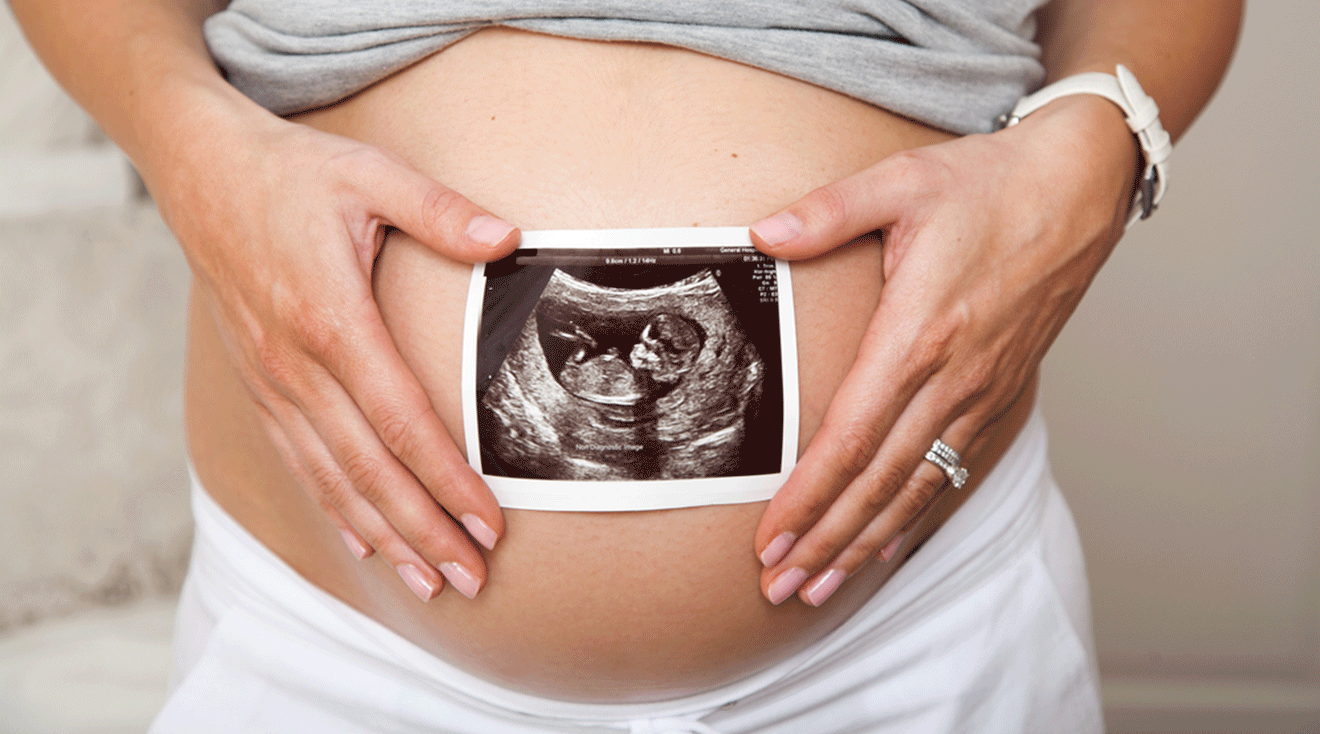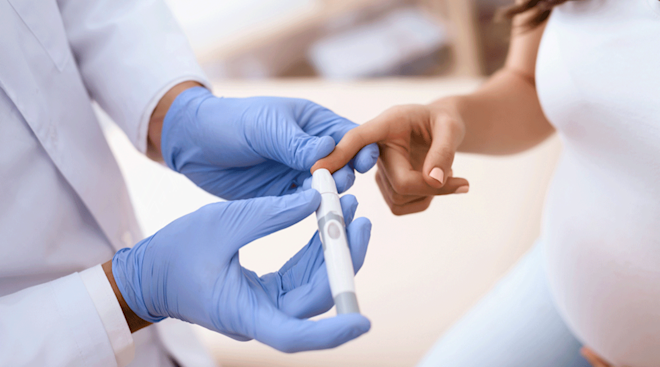Single Umbilical Artery: What Is a 2-Vessel Cord?
In an ideal world, your pregnancy would progress according to plan, with you and baby in perfect health. In reality, hiccups and complications happen. A two-vessel cord, also known as a single umbilical artery, is one potential issue some pregnant women and people face.
It’s important to stress that being diagnosed with a single umbilical artery doesn’t mean that there’s a problem with your pregnancy or baby. However, it is linked to other health conditions, so your doctor may want you to keep a close eye on you. Here, experts explain what you need to know about two-vessel cords, plus what comes next.
The umbilical cord connects a fetus to the mother’s placenta and is responsible for supplying baby with nutrients during the pregnancy. “A normal umbilical cord has three vessels—two arteries that carry blood away from the baby, and one vein that carries blood towards the baby,” explains Miranda Kiefer, DO, a maternal-fetal physician at The Ohio State University Wexner Medical Center. “A two-vessel cord is an anomaly where there’s only one artery and one vein,” she adds.
This “may be an isolated finding” or it may be linked with congenital abnormalities, says Andrei Rebarber, MD, director of the Division of Maternal Fetal Medicine at Mount Sinai West and president of Maternal Fetal Medicine Associates at Carnegie Imaging for Women in New York. In other words, you may “just” have a single umbilical artery, or you may have a a single umbilical artery, along with other pregnancy complications (more on this below).
A two-vessel cord or single umbilical artery is a rare pregnancy complication, Kiefer says. Research) finds that a two-vessel umbilical cord is detected in anywhere from a half a percent to one percent of ultrasounds for singleton pregnancies. For twin pregnancies—which are typically considered higher risk—it may occur in 1.7 percent of ultrasounds in the second trimester, Rebarber adds.
It’s not entirely clear what causes it, but it most likely occurs because one of the vessels in the embryological development simply didn’t develop or it atrophied because of different conditions during early pregnancy, explains Eran Bornstein, MD, director of the Center for Maternal-Fetal Medicine at Northwell Lenox Hill Hospital in New York. According to Rebarber, the atrophy of the second vessel is more likely, noting around 40 percent of single umbilical arteries examined under a microscope have muscular remnants.
A two-vessel umbilical cord is diagnosed via ultrasound. “Single umbilical artery can be detected in the first trimester, but sensitivity and specificity are higher in the second trimester,” Rebarber says. Kiefer agrees, adding that umbilical cords are routinely checked in the mid-pregnancy ultrasound and the two-vessel cord is a sonographic finding during the checkup.
If you’re diagnosed with a two-vessel cord, your doctor will likely want to evaluate baby for other potential health complications with targeted high-resolution anatomy scans, fetal echocardiogram and serial growth scans. “If [these don’t] show any problems, we still monitor the baby more frequently to make sure the growth is normal," Bornstein says.
If a single umbilical artery is the only complication your doctor discovers during additional testing, the biggest potential risk is for baby’s growth to be restricted. “This means baby may lag behind [their] expected growth curve during the pregnancy,” Kiefer says. “If [they’re] growing as expected, there aren’t typically any additional changes to your pregnancy management.”
That said, in approximately 15 percent of cases, a two-vessel umbilical cord is linked with other complications, like cardiac and kidney abnormalities, according to Kiefer. There may also be a higher risk of genetic abnormalities, so your provider may recommend testing amniotic fluid to look at baby’s chromosomes.
Keep in mind, though, that having a single umbilical artery alone isn’t considered to be a risk factor for genetic issues. “If that’s the only thing we find that’s an abnormality, it’s not such a problematic finding,” Bornstein says. He also explains that having a two-vessel cord doesn’t mean that you’ll experience preterm labor.
Umbilical cord complications are “very rare,” Kiefer says. However, besides having a single umbilical artery, there are sometimes cysts in the umbilical cord, or the cord isn’t inserted into the appropriate place in the placenta, Bornstein says. “The prognosis can have a wide range of variability depending on the findings,” Kiefer notes.
If you’re diagnosed with a single umbilical artery or two-vessel cord, don’t panic. This alone shouldn’t impact the length of your pregnancy or how you deliver, Rebarber says. It also doesn’t mean there will be issues with your child’s future health. “Studies have generally reported that long-term physical and neurologic development of children with isolated single umbilical artery is similar to that in unaffected children,” he adds.
As always, talk to your doctor about your concerns. They should be able to address your questions and guide you from there.
Please note: The Bump and the materials and information it contains are not intended to, and do not constitute, medical or other health advice or diagnosis and should not be used as such. You should always consult with a qualified physician or health professional about your specific circumstances.
Plus, more from The Bump:
Eran Bornstein, MD, is the director of the Center for Maternal-Fetal Medicine at Northwell Lenox Hill Hospital. He earned his medical degree from Tel Aviv University’s Sackler School of Medicine and completed his residency at Lenox Hill Hospital.
Miranda Kiefer, DO, is a maternal-fetal physician at The Ohio State University Wexner Medical Center. She earned her medical degree from Midwestern University Chicago and completed her residency at Ohio State University Wexner Medical Center.
Andrei Rebarber, MD, is the director of the Division of Maternal Fetal Medicine at Mount Sinai West, as well as president of Maternal Fetal Medicine Associates at Carnegie Imaging for Women. He received his medical degree from SUNY Upstate Medical University College of Medicine and completed his ob-gyn residency at Beth Israel Medical Center-Petrie Division in New York City.
Obstetrics and Gynecology, Single Umbilical Artery Risk Factors and Pregnancy Outcomes, October 2010
Learn how we ensure the accuracy of our content through our editorial and medical review process.
Navigate forward to interact with the calendar and select a date. Press the question mark key to get the keyboard shortcuts for changing dates.




















































